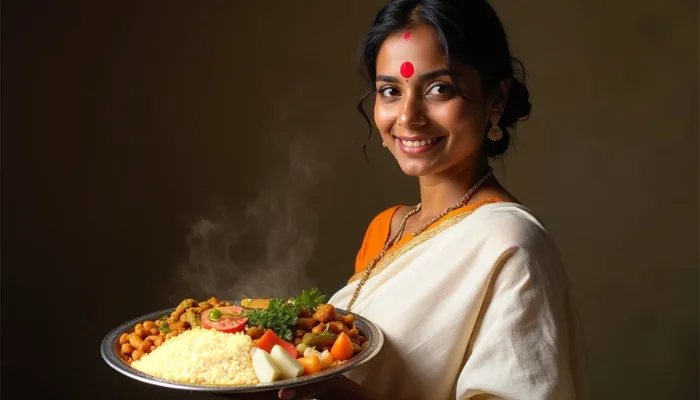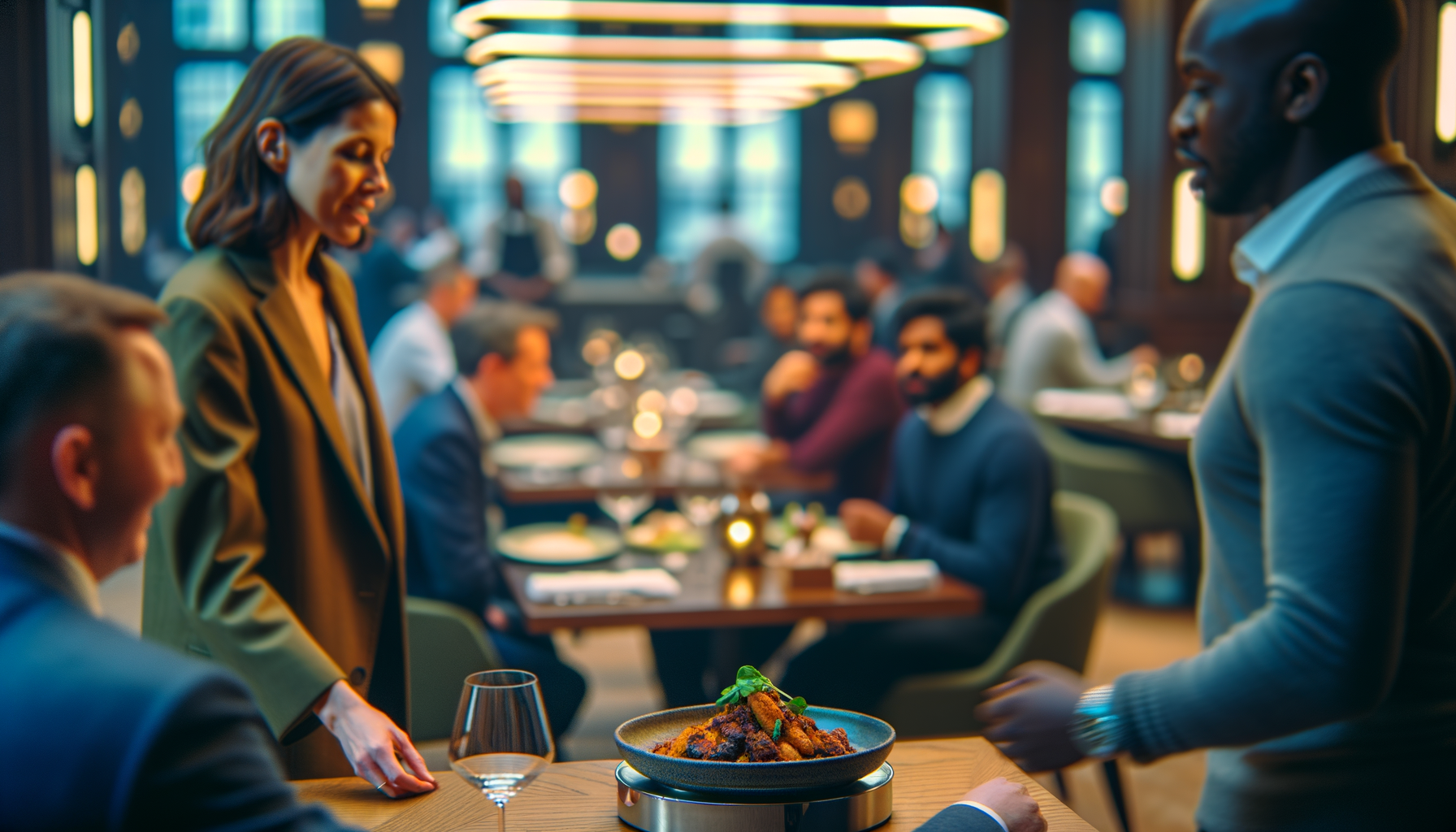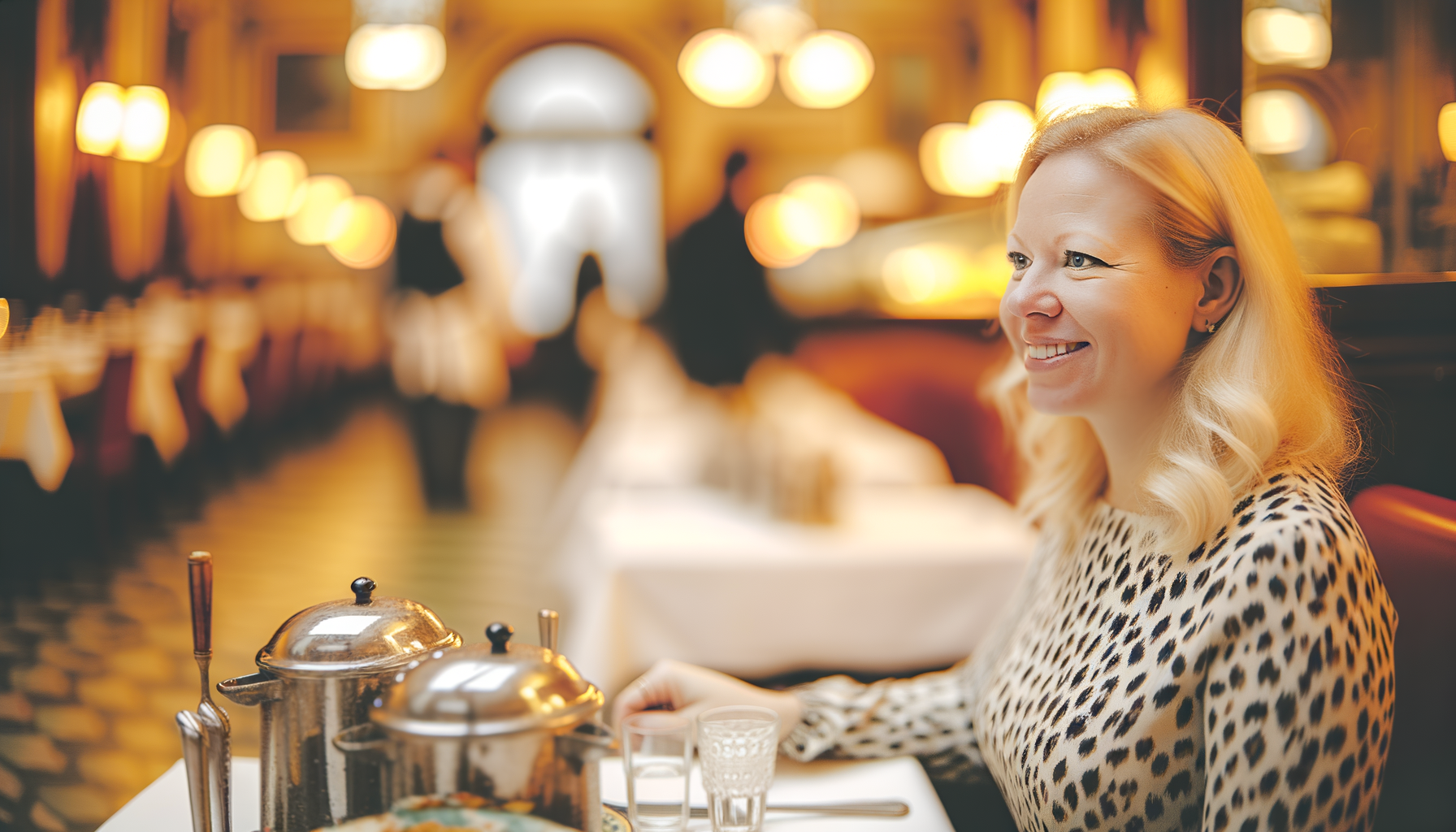You walk into a Bengali home, and before anyone says a word, you know something’s cooking. Not just literally though yes, probably something bubbling away with mustard oil and a hint of green chili but something else, too. A feeling. A rhythm. It’s like the kitchen’s been whispering stories all morning. Food isn’t just cooked in Bengali homes, it’s remembered, felt, and retold.
The smells that fill the kitchen aren’t random; they’re woven with stories, emotions, and echoes of someone humming in the background. Every meal has a memory, and every memory finds its way back to the plate. It’s never just about eating. It’s about belonging.
Honestly, the kitchen in a Bengali household isn’t just where food happens. It’s where life happens. Birthdays, exam results, rainy afternoons, heartbreaks, festivals it all somehow circles back to that space where someone is frying beguni or soaking posto.
You grow up in a Bengali home and you realize, somewhere along the way, that culture doesn’t come wrapped in a flag or a textbook, it comes in a ladle of shorshe ilish, steaming on a rainy afternoon
Read More: What Bengalis Really Eat in a Day – It's More Than Just Fish!
Ask anyone who grew up with a dida or thakuma in the kitchen. Those women didn’t follow cookbooks. They followed memory. A pinch of this, a splash of that, a quiet taste from the edge of a spoon.
No exact measurements just instinct. And you don’t forget those meals. You carry them, years later, in apartments far away from Kolkata, trying to recreate that chingri malaikari that tasted like Sunday and sunshine and your childhood home.
Food Is the Language of Memory
Somehow, food in Bengali households always ends up meaning more than what’s on the plate. A simple plate of rice, dal, and fried brinjal? That’s not just lunch. That’s the smell of school holidays and quiet afternoons with no tuition. Khichuri on a rainy day? That’s your mother humming Rabindra Sangeet while flipping beguni.This is a mood, not a supper.
Many times, people say Bengalis are food fanatics.They’re right. But it’s not about greed. It’s about emotion. It’s about connection. A good meal isn’t just good it’s home. Even when the walls around you change.
The Kitchen Clock Doesn’t Tick the Same Way
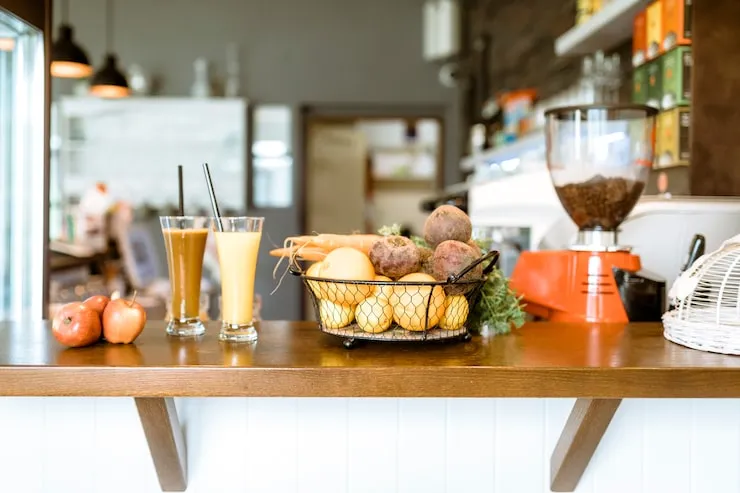
In a world that rushes through breakfast bars and instant meals, Bengali kitchens still take their time. There’s no such thing as “quick kosha mangsho.” If the onions haven’t been fried till golden-brown and the meat hasn’t rested overnight in yogurt and spices, it’s not done.
Sunday lunches aren’t fast they’re sacred. The scent of slowly prepared meat, a lemon squeeze over hot rice, and family arguments over the last morsel of mutton. That's what it ought to be. It's real, noisy, and untidy. Someone mixes, one shapes, another fries; someone constantly steals a taste while believing nobody is watching.
Even on weekdays, if there’s a festival coming up, someone in the house is grinding something, soaking something, wrapping something in banana leaves. You can’t speed-cook culture. You just can’t.
Tools That Tell Their Own Stories
Ever tried using a bonti? That arched knife resting on a wooden board? Looks like a medieval torture device if you’ve never seen one. But to a Bengali, that’s comfort. That’s familiarity. The sound of it slicing through pumpkin or fish bones it’s part of the kitchen soundtrack.
And then there’s the shil-nora. A flat stone with a rolling pin, used to grind mustard seeds or poppy paste. Ask any elder they’ll tell you the taste is never quite the same if you use a blender. Maybe it’s psychological, maybe it’s true, but who’s arguing with someone who’s been cooking since before Independence?
These tools are worn and a little chipped, but nobody throws them out. They’re treated almost like family. Because honestly, they are.
The Season Decides the Menu
Bengali kitchens aren’t static. They shift with the weather. Summer tastes light lau ghonto, tok dal, mango chutneys. Monsoon is all about ilish maach, steam rising from the pot as the rain drums on the windows. And winter? That’s when things really get interesting.
Winter mornings smell like pithe-puli. Sticky rice flour, jaggery from fresh date palms, coconut steamed, fried, shaped into love. You don’t just eat these sweets; you inherit them. Families make them together. One person mixes, one shapes, another fries, and someone’s always sneaking a taste when they think no one’s watching.
The kitchen turns into a festival tent during Poush Parbon. And nobody complains about the mess.
Women: The Real Carriers of Culture
Behind every traditional Bengali dish is a woman who’s made it a hundred times with love, with effort, and sometimes with a quiet sigh.
They don’t teach these recipes in cooking classes. They whisper them over chopping boards and tea. “Be careful not to add too much water to the shorshe bata”. Just enough so it clings to the fish.” “Dry roast the posto before grinding if you want it less bitter.” Tips passed down like heirlooms.
And it’s not just cooking. It’s everything. The way vegetables are chosen, fish is cleaned, rice is washed, there’s a rhythm to it all, a silent discipline, held up by generations of women who never asked for credit. Just clean plates.
Rituals Begin in the Kitchen
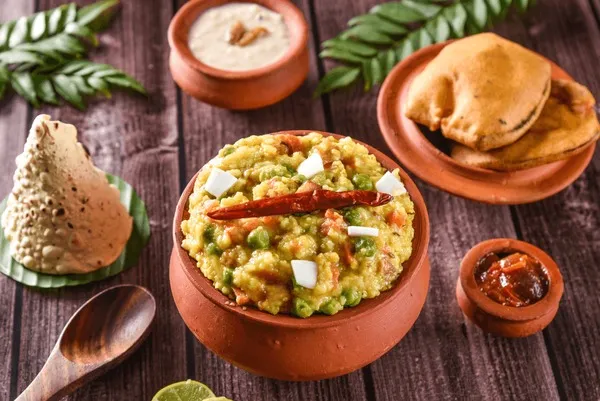
Before the idol is placed, before the prayers start, the kitchen has already begun its own version of worship. During Durga Puja, it’s the bhog that steals the show khichuri, labra, payesh, and begun bhaja.
No puja is complete without food. And it's not just regular food, it's food prepared thoughtfully. Cooked early in the morning, with fresh ingredients and a full heart.
And then there’s Jamai Shashti, where mothers-in-law show their affection not with gifts, but with ten-dish feasts. On Bijoya Dashami, when the festivities end, the food becomes emotional. Dishes filled with treats are given to friends and family. The kitchen turns into a space of both ending and ongoing traditions.
A New Age, Same Heart
Yes, things have changed. Kitchens are smaller, families busier. Mixers have replaced stone grinders, and some folks buy panch phoron already mixed in packets. But the soul? Still intact.
Young Bengalis living in other cities still crave maachher jhol after a hard week. Some watch YouTube videos tryin to recreate doi maach or shutki. Others call their moms, asking, “Ma, ki diye posto ta grind korbo?”
Even those who barely cook keep a jar of mustard oil in the kitchen because some flavors just feel like home.
What You Eat, Tells You Who You Are
In Bengali households, food is not merely consumed, it is truly experienced. And every dish, somehow, carries clues about who you are and where you come from. A plate of shutki bhuna might mean your family has roots in Chittagong or Barisal. Shorshe diye chingri? You’re probably from East Bengal, maybe your ancestors crossed over during Partition.
Even the way you cut your vegetables thin, long, chunky, diced tells its own tale. What’s more, the food isn’t just yours. It’s shared. Neighbors pass plates over balconies, friends show up at lunch unannounced, and festivals spill out of kitchens into whole communities. A single pot of mangshor jhol has fed ten people and started twenty conversations.
It’s how Bengalis build bonds with flavors, not formality. That’s the magic. It doesn’t matter if your home is in Kolkata or Canada, if you still crave mochar ghonto on a Monday, you're carrying your roots with you. Every time you cook what your mother once cooked for you, you’re not just feeding yourself you’re keeping your history alive.
Also Read: Pani Puri Recipe With Flavored Water
Why It All Matters
It’s easy to lose culture in today’s worldOne generation neglects to inquire, while the subsequent one fails to acquire knowledge. However, in Bengali kitchens, there exists a persistence that prevents such forgetfulness. A dish cooked just right. A spice roasted the old way. A mother saying, “Eita amar ma-er recipe chhilo.” That’s how it lives on.
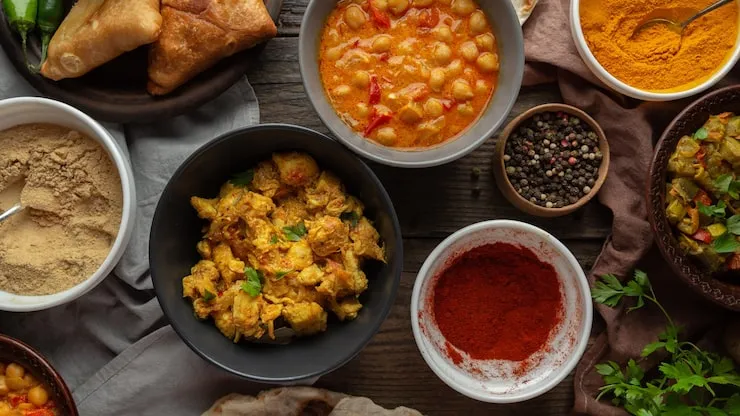
Bengali homes experience food not only it is consumed. Every plate, somehow, holds secrets about who you are and where you come from. Bengali kitchens lack beauty. Marble countertops and neat modular cabinets are not always accessible. But you will discover warmth. Flavor. noise Care. and a profound, undeniable link to your roots.
Final Thoughts
Ultimately it's simple. A Bengali kitchen is about much more than merely food. It's about staying on. One meal at a time, hanging onto speech, memory, love, and humor. Hence, the next time someone offers you a platter of luchi-alur dom, resist eating. pause. taste. Listen. That is history, not just breakfast.
And maybe, that's the real beauty of it all nothing in a Bengali kitchen is done just for show. It’s done because it means something. A bowl of tok daal isn’t just sour lentils; it’s the way your grandmother cooled you down on scorching summer afternoons. A spoonful of gurer payesh isn’t just dessert, it’s the sweetness of being remembered, being loved.
So when we talk about preserving culture, we don’t always need museums or grand speeches. Sometimes, we just need to remember how our mothers stirred the pot and why.



